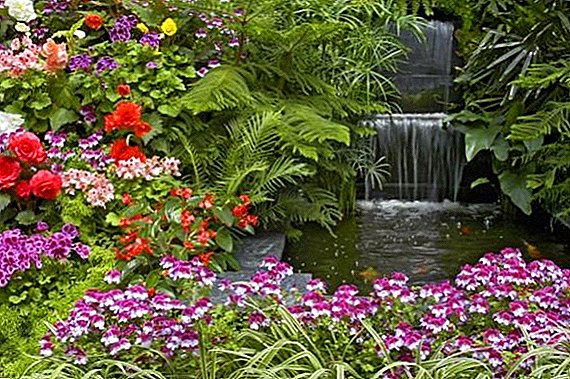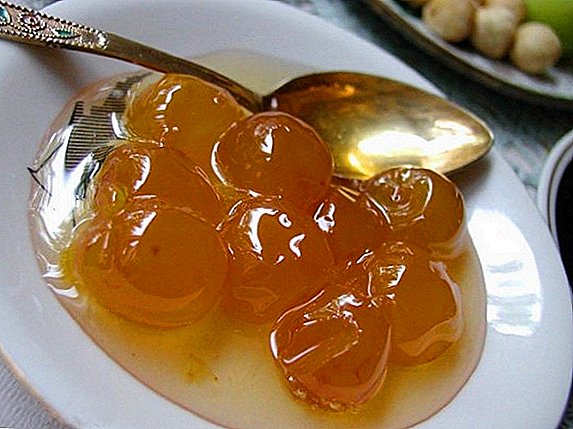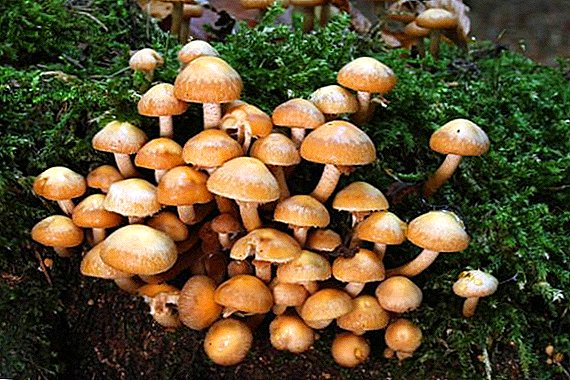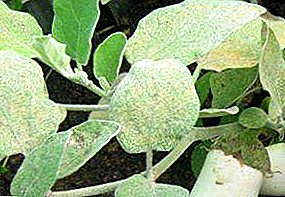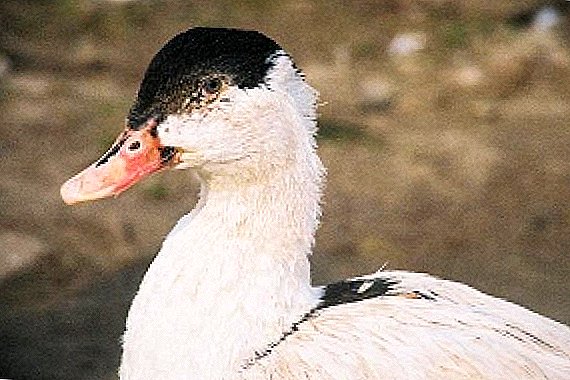
The uninitiated chefs think that Regan (basil) and oregano are one plant and therefore it is easy to replace them with each other when cooking. On whether this statement is correct and will be discussed below.
From this article you will find out whether there are differences between these plants and, if so, which ones. Also tell if it is possible to replace the spices with one another and in which dishes it is better to add basil and oregano.
Is basil a regan or not?
Basil and Regan are one and the same. Excellent names appeared because of the wide territorial distribution of grass. In the Transcaucasian countries, this spice is called Regan or Reagan, which means "fragrant." Oregano (oregano, or forest mint) and Regan - completely different plants. They belong to different subspecies, have excellent flowering from each other and absolutely different taste and smell. Confusion arises because of the similarity in the names and some similarity of appearance. The only thing that unites them - belonging to the family of Lambs.
A photo
Check out the photos of herbaceous plants - regana and oregano, the differences of which are described in the article.
Oregano (Oregano):



Basil:


What is different from oregano?
Appearance
Basil is an annual herbThere are about 70 species of this herb. Tetrahedral stems in height reach 0.5-0.8 meters and have several branches.
The leaves are oblong oval-shaped with a pointed end painted in dark green or purple, depending on the subspecies. Flowers in Regan small white or pale pink, collected in inflorescences in the form of a spikelet or a brush.
Oregano is also known as oregano and forest mint. - perennial plant with a height of about 0.7 meters. It has a tetrahedral stem and, like the basil, opposite green leaves, oblong-ovate.
Growth history and geography
Basil and oregano are known to mankind and have been successfully used in cooking and medicine for a very long time. Until now, it has not been precisely established where, for the first time, people paid attention to Regan in Africa or in Asia. In ancient India, it was considered sacred. Basil came to Europe in the 16th century and quickly gained a place in cooking.
Oregano is first mentioned in the writings of the ancient Greek scientist Dioskoridos still in the I century of our era. The spice was popular with the Romans and was added to food only to noble gentlemen. Now basil is spread in the countries of Southern Europe, in Asia, Azerbaijan, Georgia, Armenia, Crimea, Egypt. Some varieties grow well in temperate climates.
The geography of the spread of oregano is also very extensive: the Mediterranean, almost the entire territory of Russia (with the exception of the Far North). Cultivate this plant in France and the United States.
Healing properties
 And basil and oregano (oregano) have anti-inflammatory and tonic effect, help the work of the gastrointestinal tract. Also, both weeds contribute to relieving stress and depression. In addition to the above basil is characterized by the following qualities:
And basil and oregano (oregano) have anti-inflammatory and tonic effect, help the work of the gastrointestinal tract. Also, both weeds contribute to relieving stress and depression. In addition to the above basil is characterized by the following qualities:
- improves heart function;
- slows down aging;
- strengthens blood vessels and reduces cholesterol;
- prevents the development of cancer;
- relieves pain during menstruation.
Oregano boasts such healing properties.:
- has an expectorant effect;
- used as a diuretic;
- helps with rheumatism and paralysis;
- facilitates epilepsy attacks.
Chemical composition
Regan has a significant set of nutrients in the composition of vitamins.:
- B2;
- PP;
- C;
- carotene;
- routine
In addition, it contains:
- methylhavinol;
- cineole;
- saponin;
- otsimen.
Essential oil contains many components, most of them are camphor.
Oregano also has:
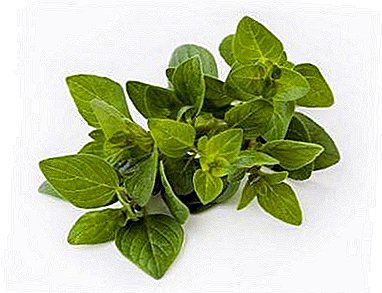 vitamins:
vitamins:- PP;
- C;
- B1;
- B2;
- A.
- trace elements:
- iodine;
- iron;
- potassium;
- magnesium;
- calcium;
- sodium;
- hydrogen.
Forest Peppermint Oil Contains:
- thymol;
- carvacrol;
- sesquiterpenes;
- geranyl acetate.
Contraindications to the use
Both basil and oregano have contraindications:
- pregnancy and lactation, as the uterus tone can increase and the taste of milk can change;
- high blood pressure.
Regan should not be used after a heart attack or stroke, diabetes, thrombophlebitis, epilepsy and encephalitis. Oregano is forbidden in case of peptic ulcer, intestinal, renal or hepatic colic.
What dishes add plants?
 It is impossible to imagine Italian cuisine without oregano. It gives a distinctive taste to pizza, tomato sauce, fried vegetables. Delicious and savory ice cream is obtained if you put in a little oregano. Also brewed tea from it.
It is impossible to imagine Italian cuisine without oregano. It gives a distinctive taste to pizza, tomato sauce, fried vegetables. Delicious and savory ice cream is obtained if you put in a little oregano. Also brewed tea from it.
Basil and Forest Mint are used fresh, dried.. They are put into many Mediterranean dishes, while cooking fish and meat. It is recommended to add to fat foods, for example, shish kebab, to improve digestion.
To enhance the aroma, the regano is put into blanks: cucumbers, tomatoes, zucchini, pepper. Crushed dried leaves are added to the dough, sauces, and also used as one of the components of multi-component seasonings.
Is it possible to replace one with another?
Taste basil and oregano are significantly different. The first is characterized by a slightly pharmacy sweetish taste, with pronounced notes of cloves and bay leaf. Oregano has a bitter, delicate, slightly astringent taste. These two spices, of course, are interchangeable, since they are used mostly for identical products. However, the dish acquires special shades and may acquire a completely unexpected taste.
Basil and oregano are useful seasonings, giving a unique flavor to culinary delights, but to put an equal sign between them means to show ignorance.


 vitamins:
vitamins: